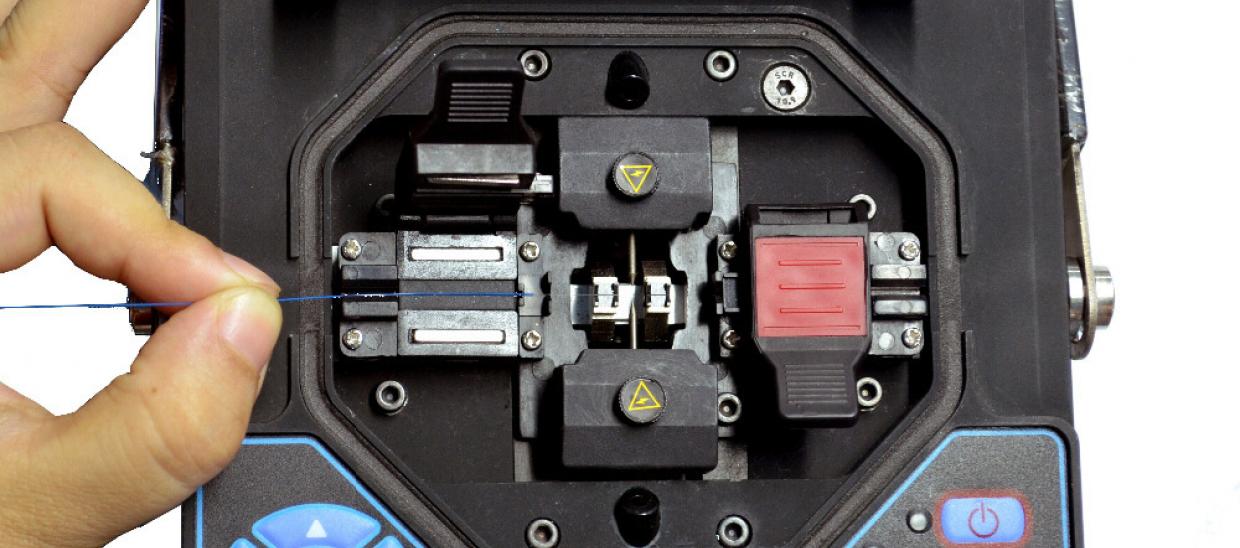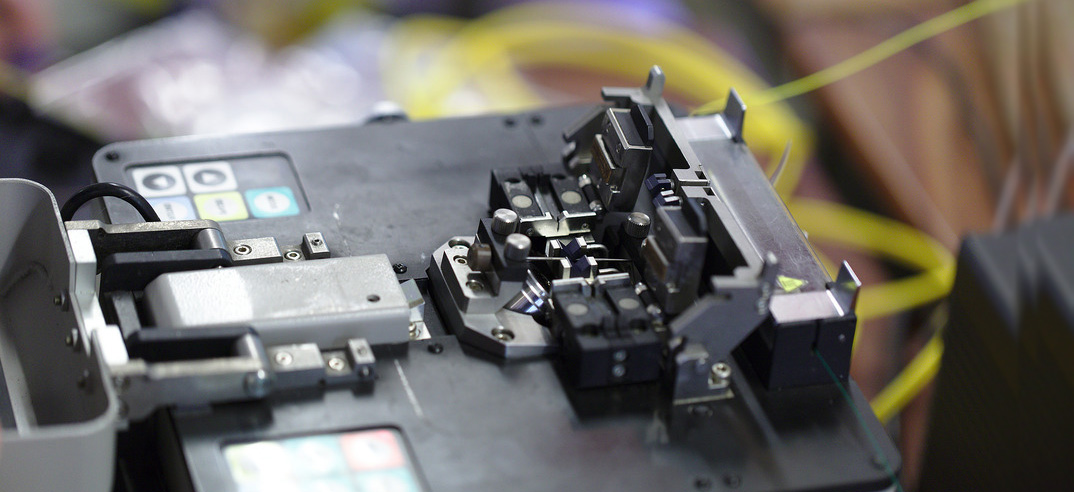What is Fibre Splicing?
Simply put, Fibre optic splicing involves joining two fibre optic cables together. The other, more common, method of joining fibre is called termination or connectorization, Splicing is also used to restore fibre optic cable when a buried cable is accidentally severed. Fibre splicing is also known as fusion splicing. Fusion splicing is the act of joining two optical fibers end-to-end. The goal is to fuse the two fibers together in such a way that light passing through the fiber is not scattered or reflected back by the splice, and so that the splice and the region surrounding it are almost as strong as the intact fiber. The source of heat is usually an electric arc, but can also be a laser, or a gas flame, or a tungsten filament through which current is passed. The process of fusion splicing normally involves heat to melt or fuse the ends of two pieces of optical fibre together. The splicing process begins by preparing each fibre end for fusion.
Cleaning the fibre
The fibre is then cleaved using the score-and-break method so that its end-face is perfectly flat and perpendicular to the axis of the fibre. The quality of each fibre end is inspected using a microscope. In fusion splicing, splice loss is a direct function of the angles and quality of the two fibre-end faces. The closer to 90 degrees the cleave angle is the lower the optical loss the spice will yield. The quality of the cleave tool that's being used is critical






